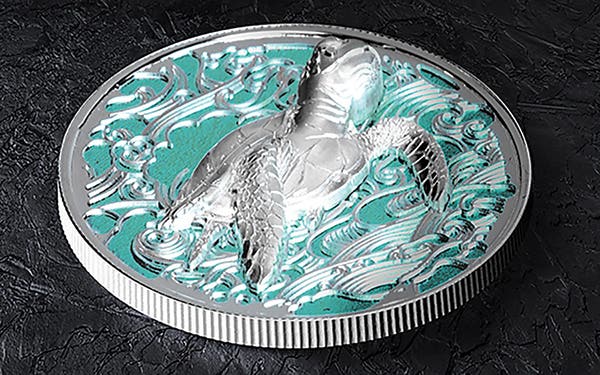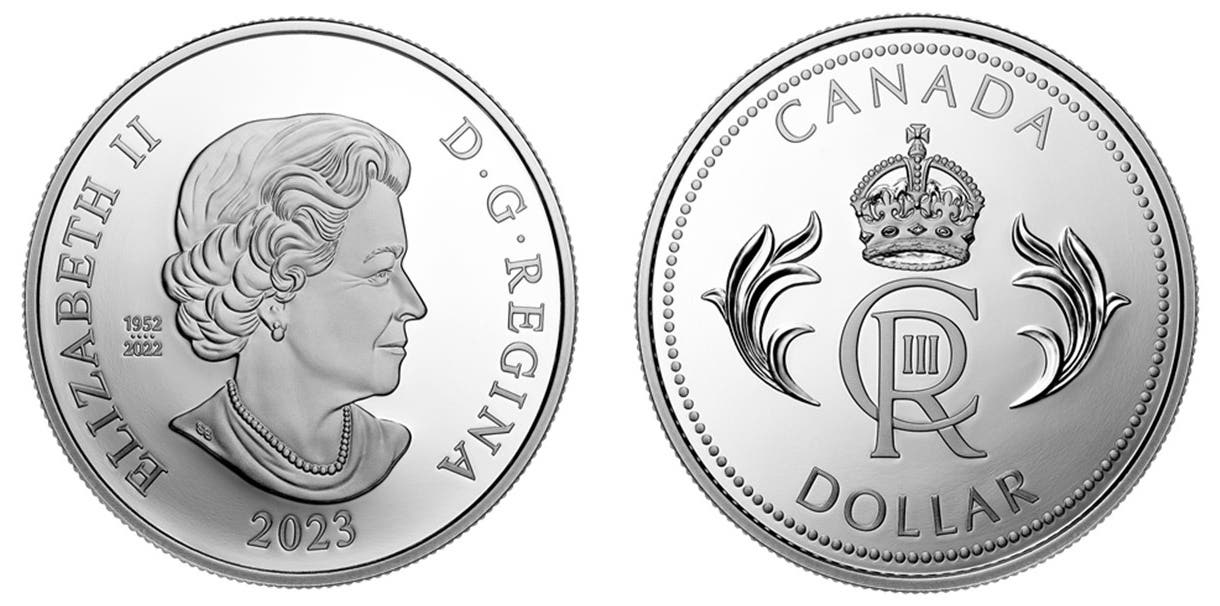1970-S half could rise from obscurity
The 1970-S Kennedy half dollar is an interesting but not well known half dollar from what would prove to be an interesting and unusual year for the denomination. With its…
The 1970-S Kennedy half dollar is an interesting but not well known half dollar from what would prove to be an interesting and unusual year for the denomination. With its interesting history, it is hard to know precisely where the 1970-S will go next in terms of price and that is just one of the many interesting considerations surrounding the coin.
Back in 1970, the Kennedy half dollar was still 40 percent silver. No one had ever fully explained why in 1965 the silver and dime had all of their silver eliminated while the half dollar’s silver was merely reduced to 40 percent. Perhaps with its higher face value, it was felt that some silver should be kept in.
There were more interesting twists to the story in 1970, the greatest of which was that it was decided not to make Kennedy half dollars for circulation in 1970. What made that decision all the more interesting was that no one bothered to tell collectors at the time. Instead, it was announced that the only 1970 half dollars would be those found in the yearly proof and mint sets after the sets’ ordering period had passed. Had the announcement been made earlier, there would have been much larger sales of both types of sets.
When the word reached collectors, there was a mad dash to find 1970 mint sets that contained a 1970-D half dollar. The problem was that there were not many to be had as the sales had only been 2,150,000. The price of the 1970-D shot up like a surface-to-air missile. Although like a surface-to-air missile that misses its target, the 1970-D would drop pretty quickly in price later.
Lost in all the attention being paid to the 1970-D was the fact that in the proof sets there was a 1970-S, and it had a total mintage of 2,632,810. Back in 1970, the price of the 1970-S might have gone up a little, but no one would have noticed. They were all too busy watching the rise of the 1970-D.
In fact, it has been basically that way ever since. Of course, there is a reasonable question as to whether the 1970-S should move dramatically in price. There are some points to be made both for and against solid increases. In favor of price movement higher is that the 1970-S was $7.50 in 1998 in Proof-65 and today it is $20. That is a solid increase but not exactly a rapid one.
While other dates have moved more in price, there is often good reason. Dates like the 1995-S, 1997-S, or 1998-S had mintages close to 2 million. While the 1970-S is lower, it is certainly not the lowest mintage proof-only San Francisco date just the lowest mintage proof-only 40 percent silver date and no one pays a big premium for that.
Like what you're reading? Subscribe to our FREE email newsletter![form id="27827"]
The wild card, however, remains the fact that in the case of the 1970-S, the only other 1970 half dollar is the 1970-D. It is currently $50 in MS-65 and seems likely to always be more expensive than the 1970-S. That means that whether it’s for a birth year set or something else, if you want a 1970 half dollar, your least expensive option is the 1970-S. The problem becomes the fact that in order to get a single 1970-S, you have to break up a proof set and people are not exactly standing in line to have their proof sets broken up.
It might not happen today or tomorrow but somewhere down the road it is not out of the question that there will not be enough 1970-S half dollars to meet the demand. When and if that happens, today’s $20 price could start to look pretty good since the 1970-S is a coin with a very limited and indirect supply.
More Coin Collecting Resources:
• Subscribe to our Coin Price Guide, buy Coin Books & Coin Folders and join the NumisMaster VIP Program








